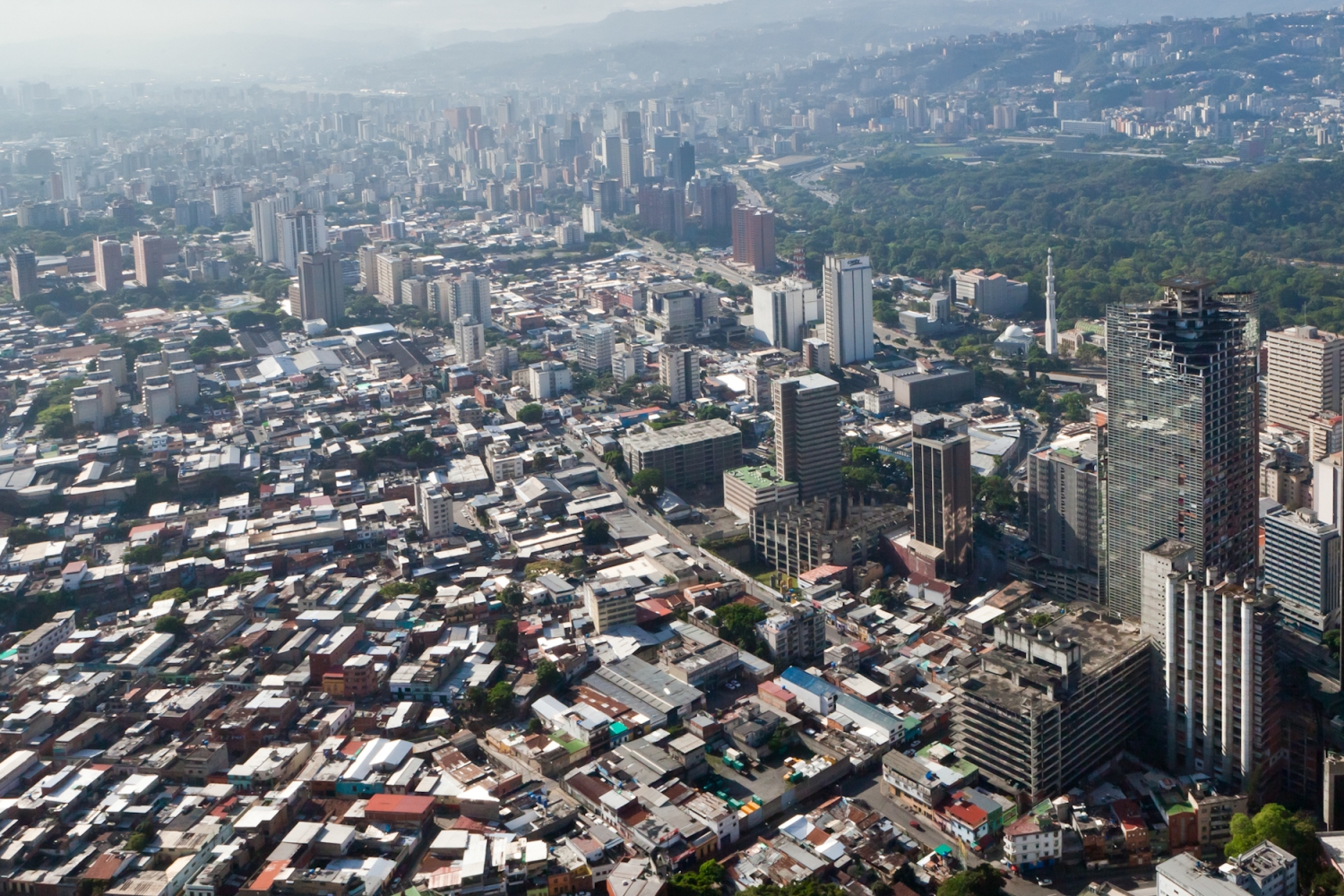
Torre David
Bottom-up strategies are one way to address prevailing urban scarcities. Torre David, a 45-story office tower in Caracas, was almost complete when it was abandoned following the death of its developer and a national banking crisis that crippled the Venezuelan economy in 1994. Neglected for over a decade, in 2007 it became the improvised home for a community of over 1,000 families living in an extra-legal and tenuous occupation that many called a vertical slum.
U-TT began to research and document the physical and social organization of the tower, believing there was something valuable to learn from what the residents created in eight years of squatting. The community was neither a den of criminality, nor a romantic utopia. Rather, Torre David was a building that possessed the complexity of a city. It merged formal structure and informal adaptation to provide urgently needed solutions.In 2012, after a year of research, U-TT began to work with residents and a diverse team of collaborators to document the squatters’ adaptive reuse of the existing structure, interview residents about their experience, and design proposals to retrofit the tower complex. In particular, the sustainable engineers of the SuAT Chair at ETH Zürich helped develop novel circulatory, electrical, and water infrastructure schemes. While striving to raise funds to implement some of these ideas, the documentary and design work was disseminated in a book, short film, lectures, and numerous exhibitions.
In 2014, the Venezuelan government announced its intention to end the occupation and transform Torre David into a commercial center and office tower. The police evicted residents, relocating most families to a new social housing project located beyond the outskirts of the city. As of mid-2015, the future of Torre David is still uncertain.